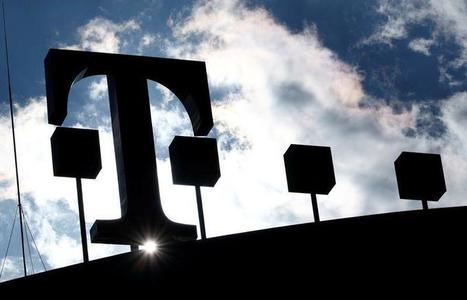The German telecoms group and its partner, British startup Stratospheric Platforms, said that a remotely piloted aircraft flying at 14,000 metres (45,000 feet) had successfully connected with its terrestrial 4G network from an on-board antenna.
The airborne base station, which can cover an area up to 140 km (87 miles) across, handled voice and video calls, data downloads and web browsing from a smartphone user on the ground during trial flights this month.
“We won’t stop until everyone is connected,” Deutsche Telekom CEO Tim Hoettges told a video presentation on the project, which has been in development for the past five years.
“A stratospheric network can help reach areas that have been difficult to supply up to now.”
Hosting base stations in the stratosphere promises the fast reaction times that next-generation 5G networks will need to support innovations such as self-driving cars.
But, while aerial antennas offer a speed and cost advantage over satellites, keeping them aloft poses a design challenge.
Alphabet's GOOGL.O rival Loon venture uses high-altitude balloons to run wireless networks and Facebook FB.O grounded an experimental solar-powered internet drone two years ago after concluding it was not feasible.
Deutsche Telekom’s test flights were staged over the state of Bavaria in southern Gemrany using an adapted H3Grob 520 propeller plane because Stratospheric Platforms is still developing its own pilotless aircraft.
The UK startup says its lightweight “platform” will have a wingspan of 60 metres - as big as a Boeing 747 - but weigh only 3.5 tonnes and be able to stay aloft for nine days.
It will use an emission-free hydrogen fuel-cell system, which can generate far more power than solar cells. The on-board antenna, weighing 140 kg, will be capable of doing the job of 200 terrestrial towers.



 Your new post is loading...
Your new post is loading...








La promesse d'une station de base (antenne) embarquée "remplaçant" 200 tours de télécommunications est séduisante. Deutsche Telekom aurait-il trouvé une solution là ou Google et Facebook ont échoué ?